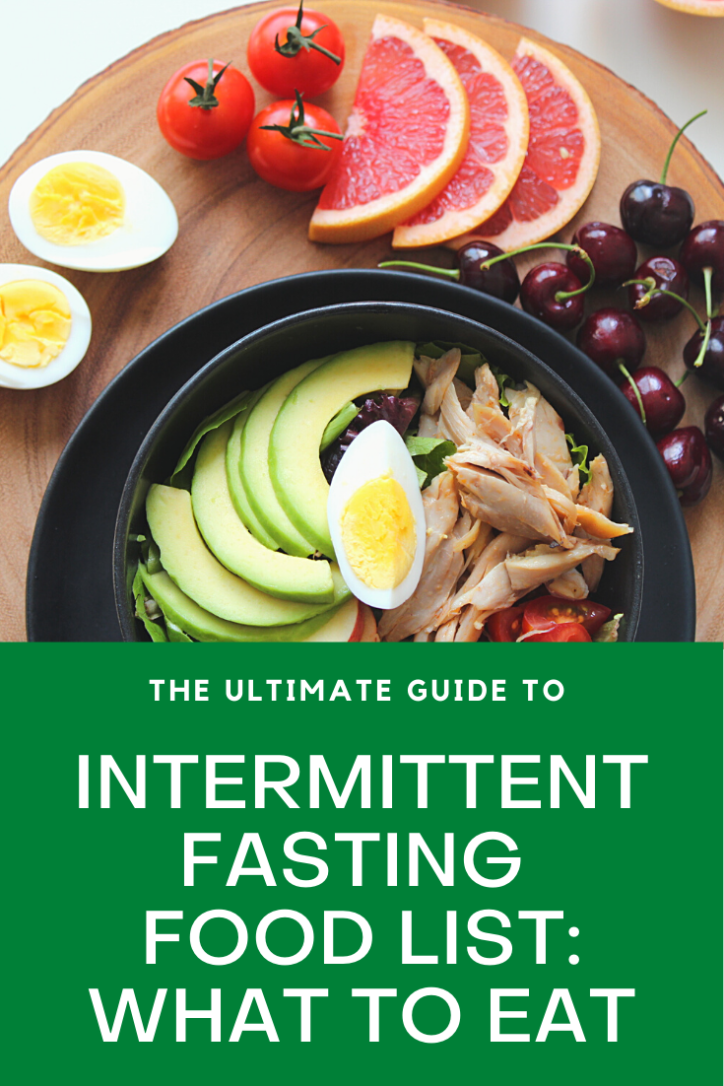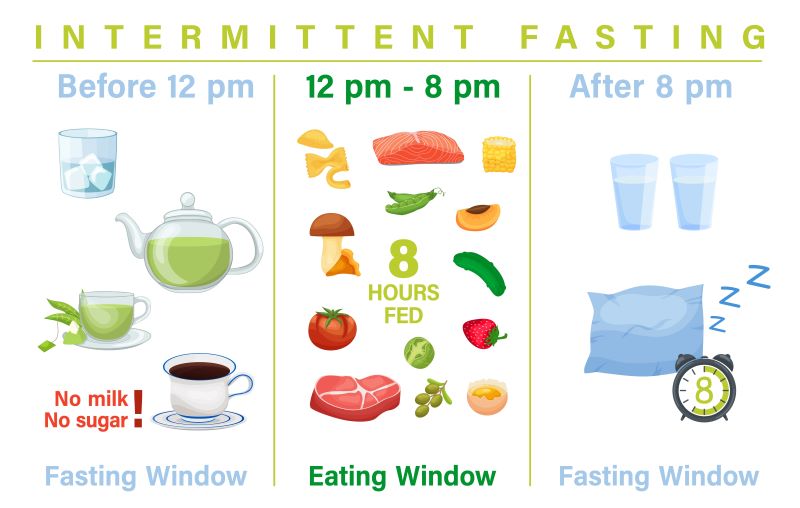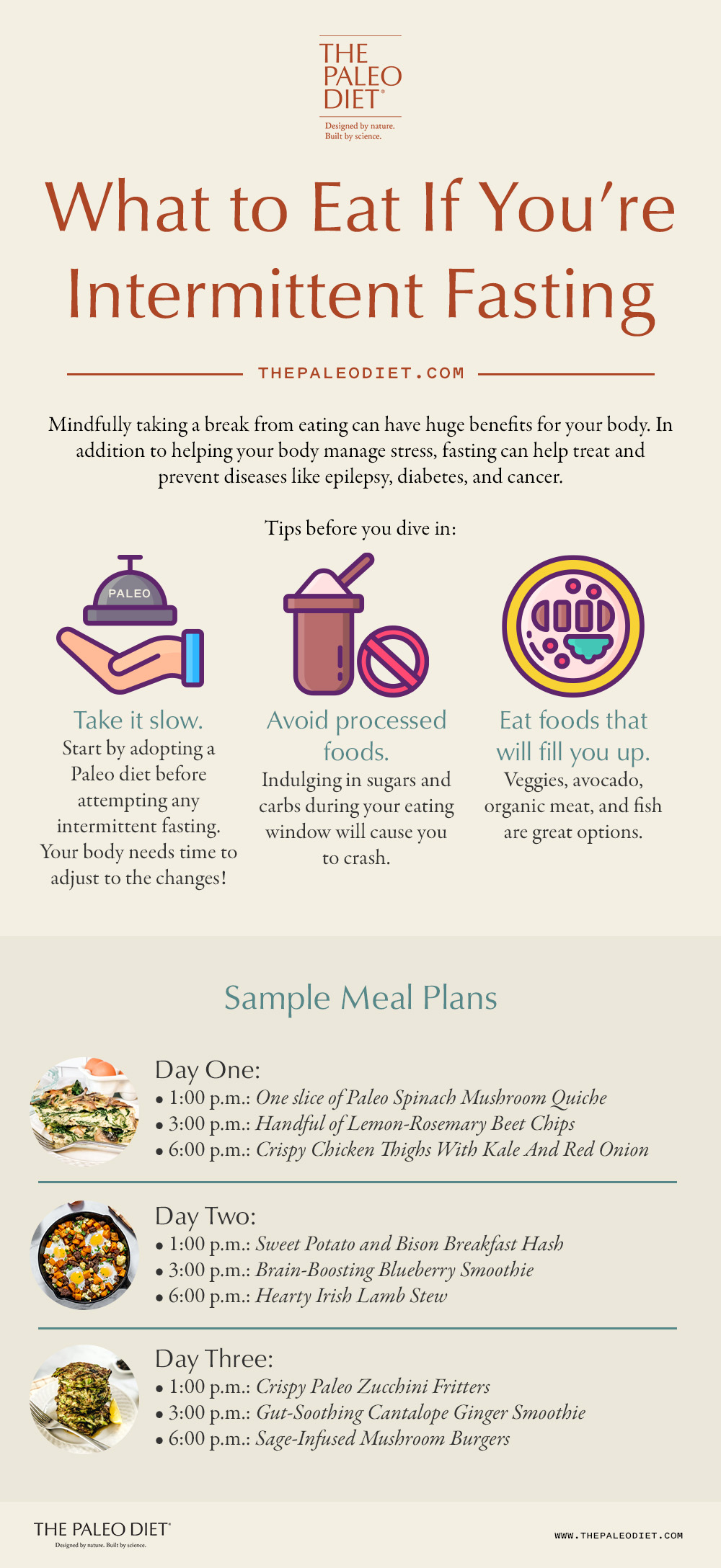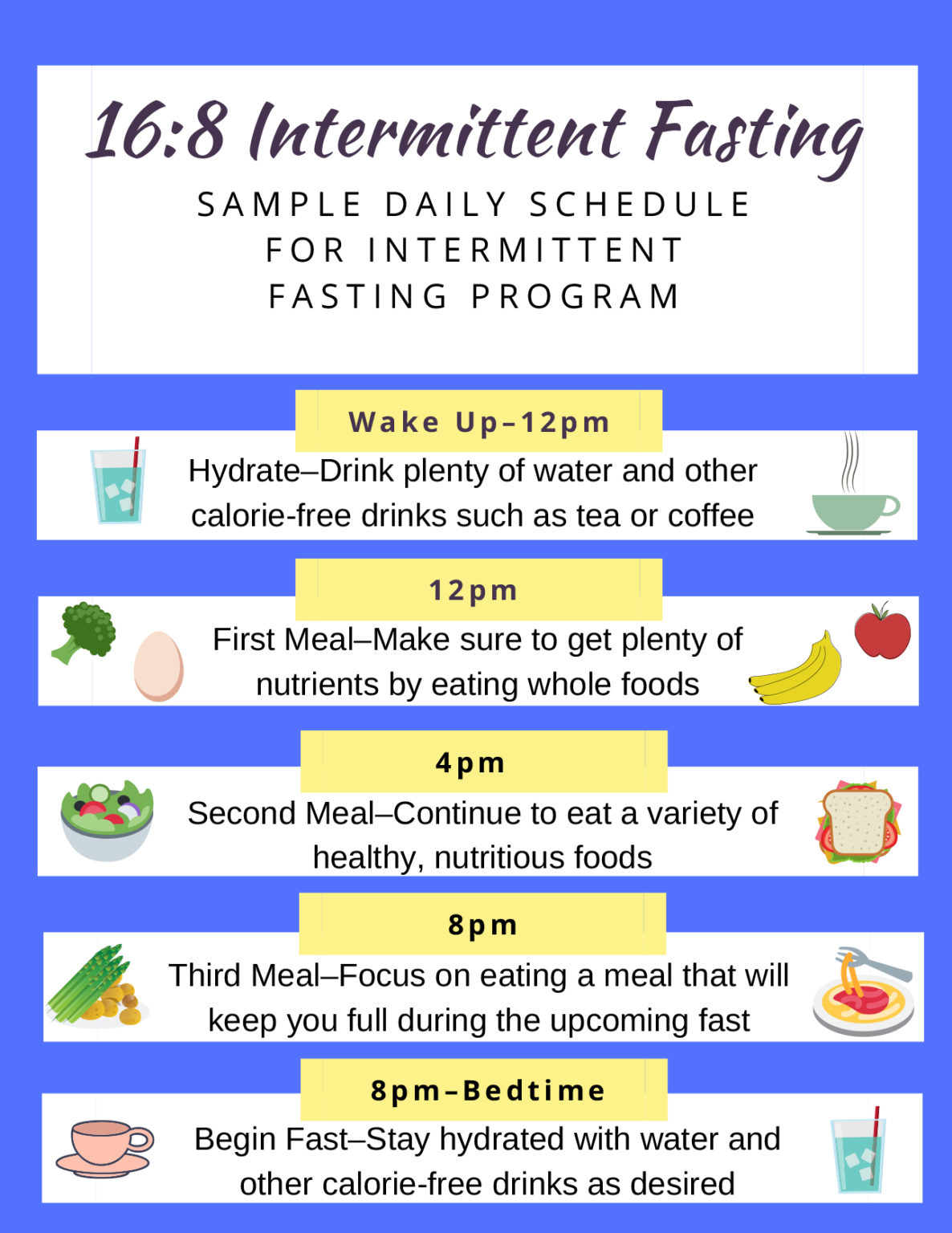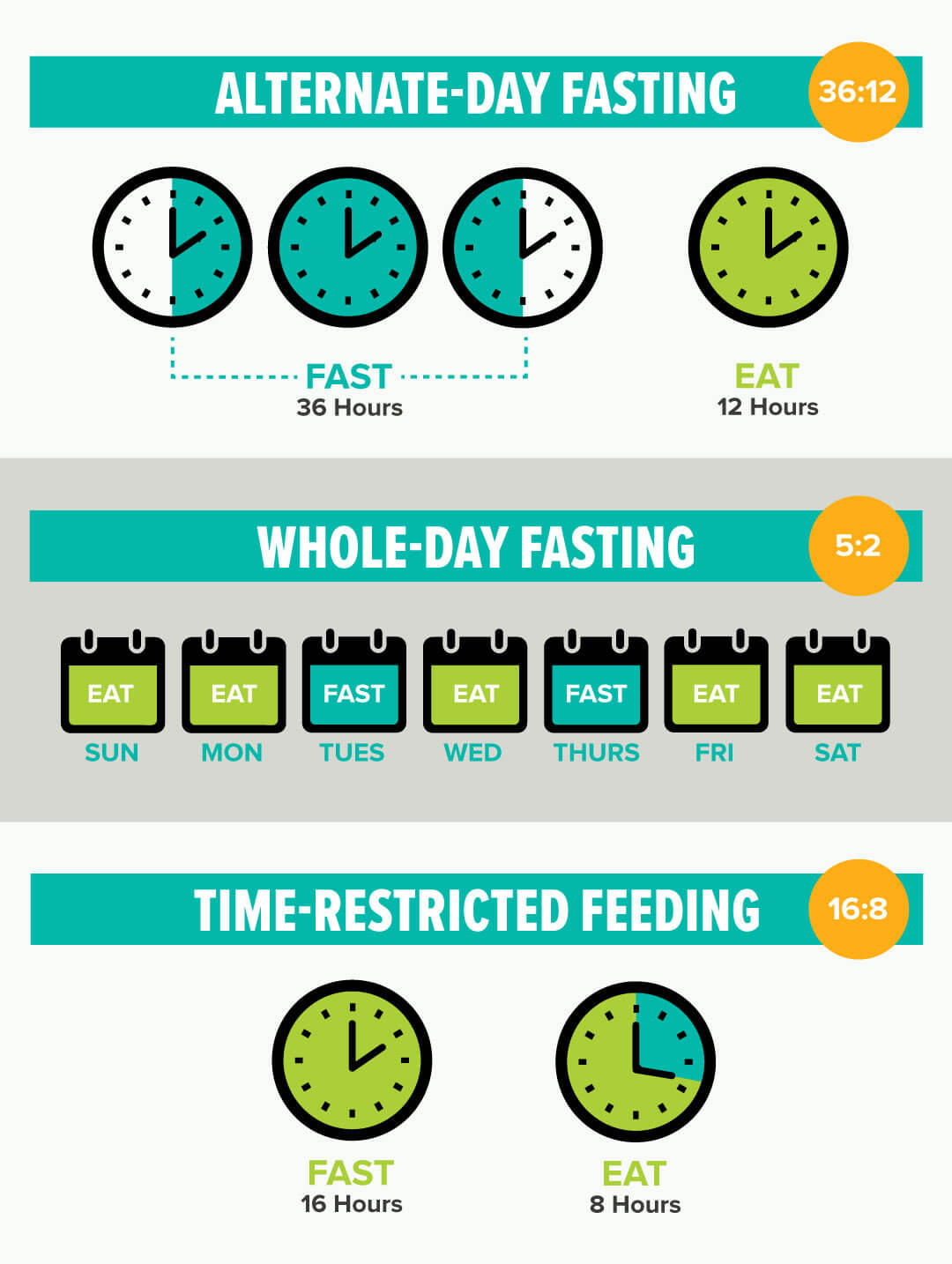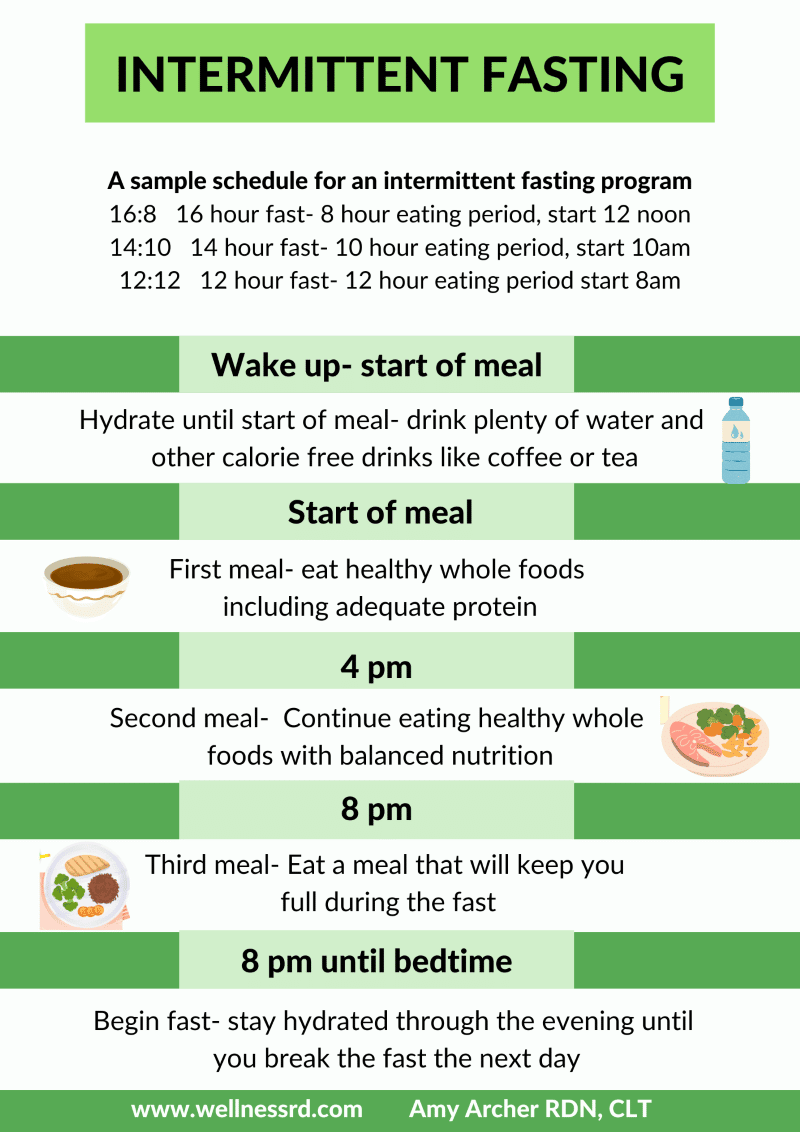Intermittent Fasting Snacks During Fasting Window
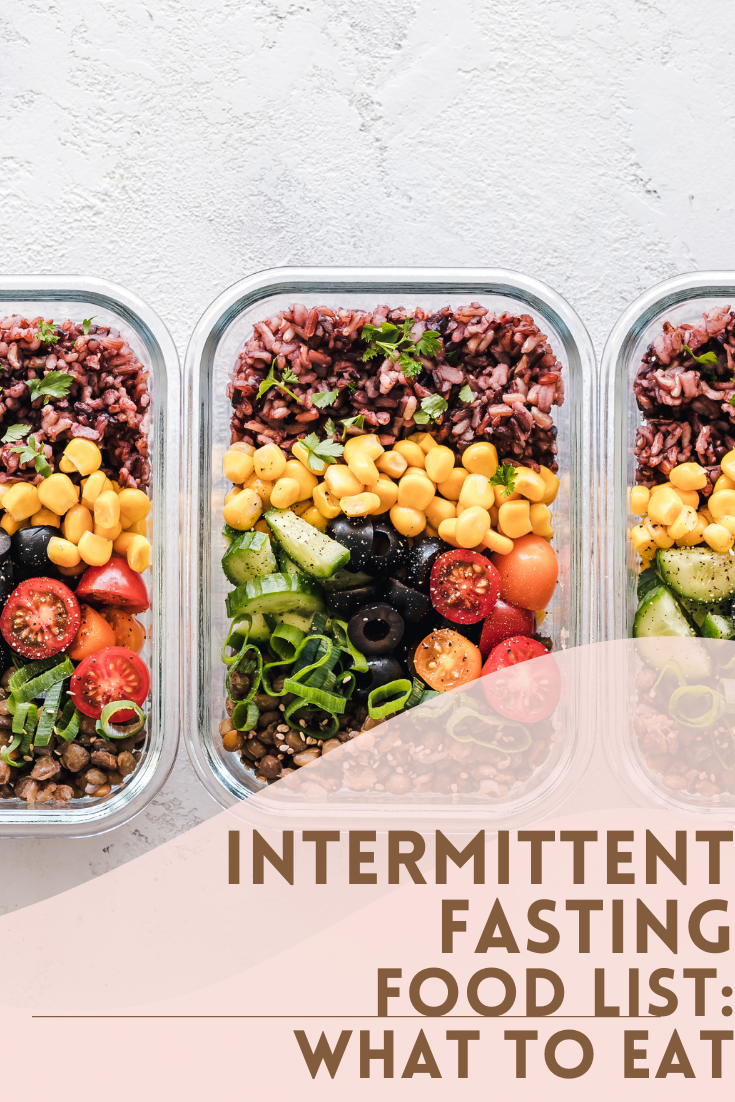
The world of intermittent fasting (IF) is rife with devotees praising its potential for weight loss, improved metabolic health, and even longevity. But a shadow often lurks behind the glowing testimonials: the frustrating, and often confusing, question of what, if anything, is permissible during the fasting window. While the very premise of fasting suggests abstinence from food, the allure of a 'safe' snack can be overwhelming, potentially undermining the entire process. This has led to a complex debate among nutritionists, researchers, and seasoned fasters alike, concerning the impact of even the smallest caloric intake on the purported benefits of IF.
This article delves into the contentious area of intermittent fasting snacks, examining the scientific basis for their prohibition and exploring the practical implications for individuals attempting to incorporate IF into their lifestyles. We will explore the crucial threshold of caloric intake that could break a fast, examine common misconceptions about 'fast-friendly' foods, and explore expert opinions on managing hunger and cravings during the fasting period.
The Core Principle: Autophagy and Metabolic Switching
The fundamental concept behind intermittent fasting hinges on two core biological processes: autophagy and metabolic switching. Autophagy, often described as cellular "housekeeping," involves the body's process of cleaning out damaged cells and regenerating new ones. This process is thought to be stimulated when the body is deprived of external energy sources.
Metabolic switching refers to the body's shift from using glucose (from carbohydrates) as its primary energy source to using stored fat. This shift is critical for weight loss and potentially contributes to improved insulin sensitivity. Snacking during the fasting window, even with seemingly healthy options, can disrupt both of these processes.
Caloric Thresholds: How Much is Too Much?
A key question for anyone practicing IF is, "How many calories will break a fast?" The answer, unfortunately, isn't straightforward. Different researchers and practitioners have proposed various thresholds. Some suggest that consuming anything over 50 calories can negate the benefits of fasting.
Others allow for up to 100 calories, particularly if those calories come from healthy fats. However, these allowances are often accompanied by caveats: the timing of consumption, the individual's metabolic rate, and the specific type of fasting protocol all play a role. It's crucial to understand that even a small amount of carbohydrates or protein can stimulate an insulin response, potentially hindering fat burning.
Common Misconceptions: 'Fast-Friendly' Foods?
The internet is awash with suggestions for "fast-friendly" foods and drinks. These often include items like bone broth, MCT oil, and lemon water. While these may offer some benefits, their impact on a fast is debatable. Bone broth, for example, contains collagen and amino acids, which can trigger an insulin response, albeit a smaller one than a complete meal.
Similarly, while MCT oil is pure fat and may not significantly raise insulin, it still provides calories. The same applies to lemon water; though low in calories, the taste can stimulate digestive processes, potentially disrupting the body's fasted state. The key is to consider not just the caloric content but also the potential hormonal impact of any consumed substance.
Expert Perspectives: Balancing Benefits and Risks
Nutritional experts are divided on the permissibility of intermittent fasting snacks. Dr. Valter Longo, a leading researcher in aging and fasting, emphasizes strict adherence to the fasting window for optimal benefits. He advocates for consuming only water, black coffee, or unsweetened tea during the fast.
Other experts, like registered dietitians specializing in IF, acknowledge the challenges of long fasting periods and suggest that small amounts of healthy fats might be permissible for some individuals. They emphasize the importance of personalized approaches and careful monitoring of individual responses.
Practical Implications: Managing Hunger and Cravings
The most common reason people reach for intermittent fasting snacks is hunger. Managing hunger and cravings is crucial for successful IF. Strategies include staying hydrated by drinking plenty of water and herbal tea, engaging in low-intensity exercise to distract from hunger, and prioritizing protein and fiber during the eating window to promote satiety.
Mindfulness practices, such as meditation, can also help individuals become more aware of their hunger cues and resist impulsive snacking. It's also important to remember that hunger is often temporary and will subside as the body adapts to the fasting schedule. Adjusting the length of the fasting window and gradually increasing it over time can also make the process more manageable.
Beyond the Black and White: Individual Variability
Ultimately, the question of whether or not to consume intermittent fasting snacks is not a black-and-white issue. Individual factors such as age, activity level, metabolic health, and personal preferences all play a significant role. What works for one person may not work for another.
Careful experimentation and self-monitoring are essential for determining the optimal approach. It is always advisable to consult with a healthcare professional or registered dietitian before starting any new dietary regimen, especially if you have underlying health conditions. They can provide personalized guidance and help you assess the potential risks and benefits of intermittent fasting in your specific situation.
The Future of Intermittent Fasting Research
Research on intermittent fasting is ongoing, with studies continually exploring its effects on various aspects of health. Future research may provide more definitive answers regarding the impact of minimal caloric intake during the fasting window.
Advanced technologies, such as continuous glucose monitoring and metabolic testing, may also offer more personalized insights into how different foods and drinks affect individuals during fasting. As our understanding of the complex interplay between fasting, metabolism, and cellular processes deepens, the recommendations surrounding intermittent fasting snacks are likely to become more nuanced and individualized. The goal remains to optimize the benefits of IF while minimizing any potential risks or drawbacks.
